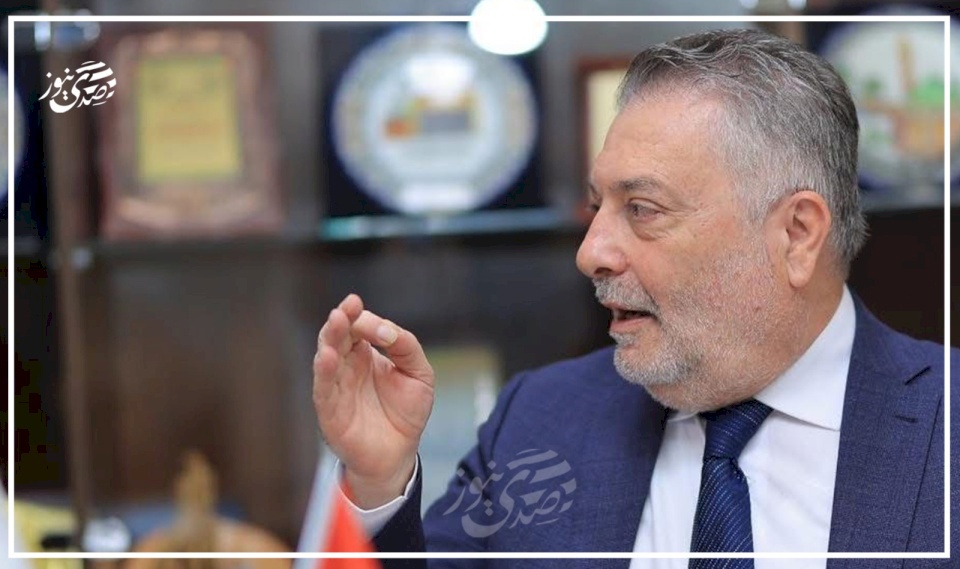
Banks Profit.. and the Economy Freezes
The Palestinian financial system is experiencing one of its most complex moments since the establishment of the Monetary Authority. The problem is not a shortage of money or financial deficit as previously thought, but rather that money exists yet remains immobile. Liquidity is trapped within the banking system, and the banks themselves have become akin to full vaults that do not know how to empty their contents, at a time when Israel tightens its grip on the movement of the shekel and controls its flow to and from Palestine. The Palestinian economy relies on the shekel for more than 85% of daily transactions, and with Israeli restrictions on the pumping of this currency back into the economy, billions of shekels have accumulated in local banks without finding their way into the economy. The paradox is that this abundance of liquidity has not brought comfort, but has instead created a new crisis: an immobilized abundance. Despite this vast amount of cash, financial inclusion remains limited; only one-third of Palestinians own a bank account, while the rest live outside the financial system. This gap simply means that money does not reach where people produce and consume, but remains confined within accounts and restrictions.
This cash surplus, which was previously seen as a sign of commercial activity, has turned into a heavy burden on banks that have become unable to manage liquidity or comply with mandatory reserve ratios. With their vaults filled with cash without the possibility of circulation, their ability to grant loans or finance productive activities has diminished. Indicators show that loans have dropped to about 68% of total deposits, and banks have become more cautious in lending, as each new loan means another pile of currency liquidity unable to move. With this caution, financing for small and medium-sized projects - which represent more than 95% of the economy - has shrunk to about one-tenth of credit portfolios. By mid-2025, the paradox became more apparent: banks announced profits of $45.5 million in just six months, with growth exceeding 380% from the previous year, at a time when markets were declining and stagnation was increasing. Bank profits did not come from productive activity, but rather from interest and fees, meaning from a financial economy that profits on paper while the reality loses its pulse.
This credit crunch has caused the economic cycle to freeze; demand is falling, purchasing power is eroding, and government revenues are declining as commercial activity contracts. As the treasury is unable to borrow domestically, the financing gap widens and public spending weakens, deepening the recession spiral. In contrast, citizens are keeping their cash outside banks for fear of restrictions, further eroding confidence in the financial system. Money is being hidden in homes, the formal economy is losing, while the gray economy is swelling without controls. All of this occurs within a financial system that lacks freedom of movement; the crisis is not just banking, but political at its core. Israeli control over the movement of the shekel has become a pressure tool used when needed, slowing transfers, restricting clearing, and creating a suffocating monetary dependency. In contrast, Palestinian institutions lack independent monetary tools or an effective national settlement system, despite increasing attempts to develop electronic payment systems and digital wallets, which remain limited in the face of a massive and politically constrained monetary system.
In Gaza, the picture appears even harsher. After months of prolonged war, some bank branches operate for limited hours, while the banking infrastructure is nearly destroyed. There is insufficient liquidity, no functioning ATMs, and no ability to document customer data after losing records and significant displacement. Gaza's share of total loans is estimated to be less than 10%, and its deposits around 11%. Its economy has contracted by more than 80% in just one year. It is a worn-out monetary system within a besieged economy struggling to breathe without air.
However, any attempt to address the current crisis cannot be limited to banking solutions or ad hoc decisions. The problem does not lie in the amount of money but in its structural system. What is required today is a strategic vision to redefine the Palestinian monetary system on more independent and flexible foundations. This vision is based on three interconnected paths:
An independent national clearing system managed under professional and international supervision to ensure the flow of cash without political restrictions.
A gradual digital transformation that includes electronic wallets and perhaps a Palestinian digital currency that reduces reliance on paper cash and enhances financial inclusion.
Directing financing towards production rather than consumption, so that banks become engines of growth rather than locked vaults.
Without this structural transformation, the Palestinian financial system will remain a prisoner of dependency, and the national economy will continue to revolve in a waiting circle. Palestinian money today is not lost, but rather held captive in a system that does not allow it to move. Banks announcing their profits are not necessarily profitable in terms of development. When money stops circulating, the economy stops living, and unless this cycle is broken soon, profit will remain ink on paper, and loss will be a reality experienced by all.

Did Ahmad Al-Ahmad Really Turn the Equation in Sydney and Thwart the Conspiracy?!

Why Are Pro-Israel Authors Dominating Western Media Analysis After the Sydney Attack?

UN Resolution Without Claws

In the Moral Confrontation with Israeli Brutality

Reform Under Test: Should We Fix the Numbers or Fix the Path?

Gaza: Between the Dilemma of Rescue and the Entitlement of National Liberation

Their Positions Hide Their Hatred for Gaza

